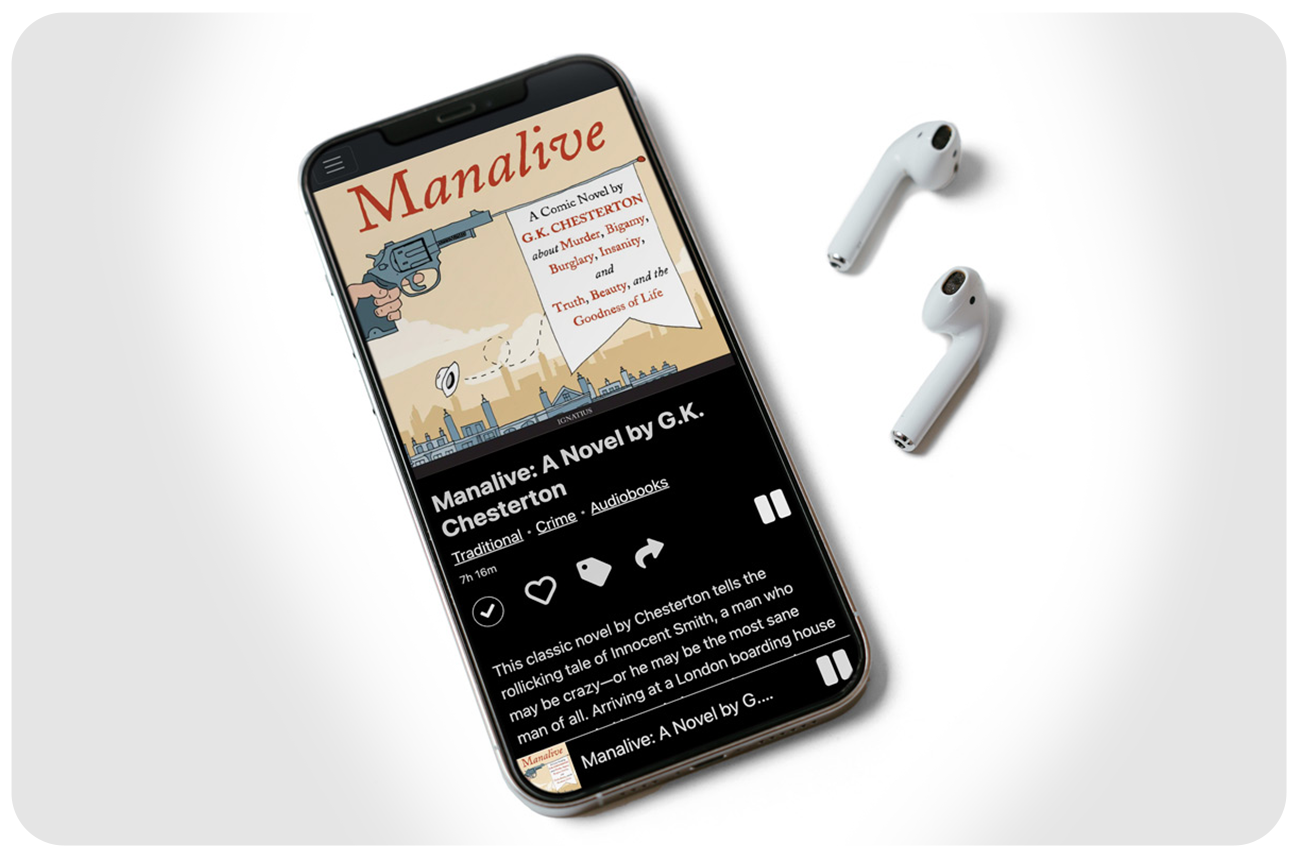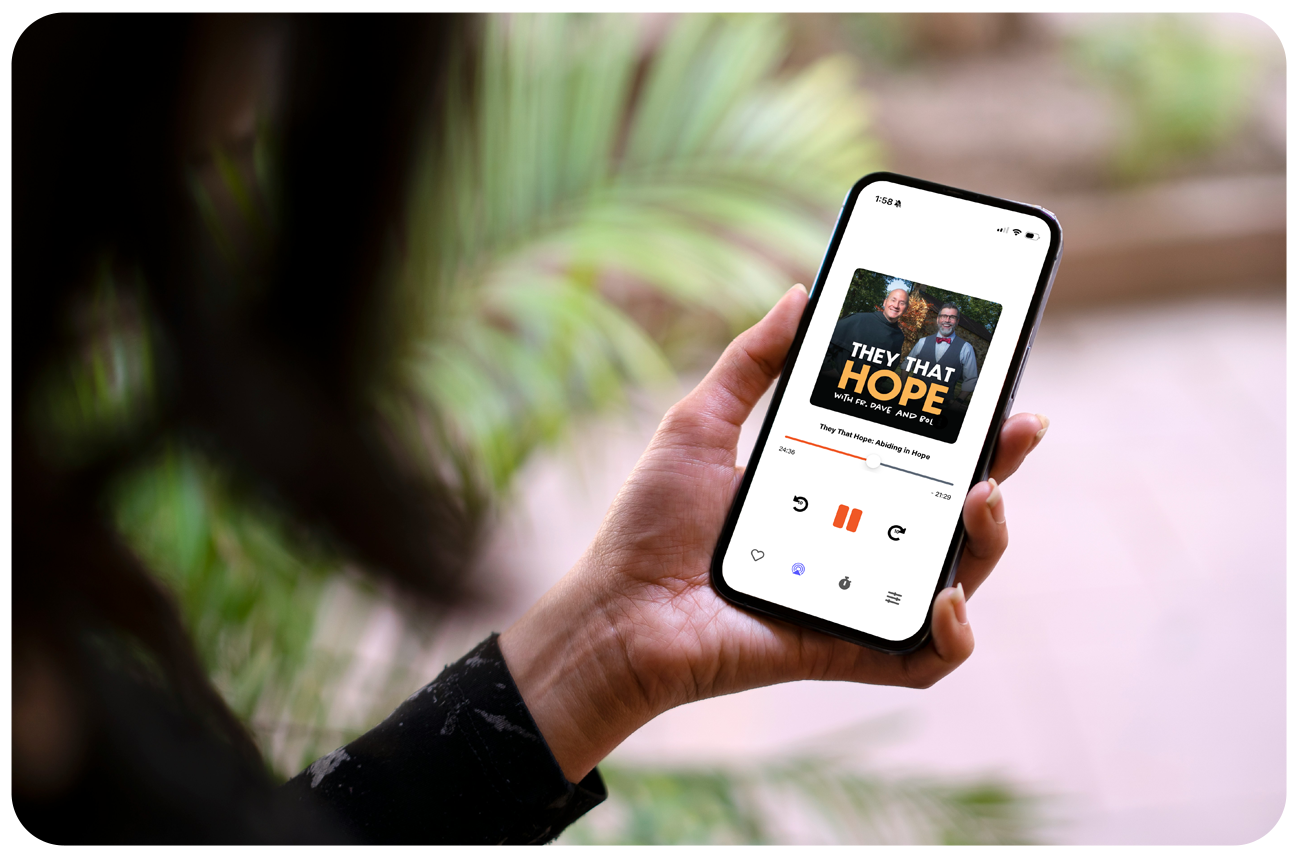
Are You Still Paying Platform Fees Like It’s 2015?
Understanding the hidden costs of traditional OTT platforms and how flat-fee models put you back in control
Article Outline:
- The Revenue-Sharing Model: Once a Necessary Evil
- The Real Cost of “Free to Publish”
- Why Platforms Still Push Rev Share
- Alternatives to Rev Share Models
- Flat-Fee Models Are Built for Growth
- How Much More You Can Make with a Flat-Fee Model
- Why Rev Share Models No Longer Make Sense
A decade ago, platform fees were just part of the deal.
Amazon took their cut. Patreon skimmed their percentage. Vimeo OTT slapped on some surcharges. It was annoying but tolerable, because there wasn’t a better option.
But here’s the thing: it’s not 2015 anymore. The internet has changed. Direct-to-consumer is no longer a niche idea. And if you’re still handing over 20–75% of your revenue to a platform just for delivering your content, you’re funding someone else’s growth instead of your own.
Let’s break down what legacy platforms are still charging, why it doesn’t make sense anymore, and how flat-fee OTT solutions—like Annunciate—give creators and content-forward organizations actual freedom to grow.

The Revenue-Sharing Model: Once a Necessary Evil
At first, rev-share platforms made sense. Infrastructure was expensive. Launching your own app was a six-figure commitment. So you gave up a chunk of your earnings in exchange for plug-and-play delivery and access to an audience.
The tradeoff felt fair... until it didn’t.
Because over time, three things happened:
- Big Tech got greedier. What started as a 30% cut ballooned to 50%+ in many cases. According to multiple creator reports, Amazon has kept up to 75% on certain audiobook sales as of 2023.
- You brought the audience. These platforms stopped promoting your content and started promoting themselves. You did the marketing. You grew the community. They took the money.
- Technology got cheaper. White label app builders and full-stack OTT platforms are now accessible for a fraction of what custom builds used to cost. You no longer need to share revenue just to be on the map.
So if the platform isn’t driving discovery, isn’t doing the marketing, and isn’t paying for the content… remind us again why they’re taking 30–70%?

The Real Cost of “Free to Publish”
Here’s what most creators miss: Just because a platform is free to join doesn’t mean it’s free to use.
When you publish on Audible, YouTube, Substack, or similar, you’re paying with:
- Your revenue (rev share, transaction fees, premium feature upcharges)
- Your data (which they collect and sell)
- Your brand equity (users remember their app, not yours)
- Your control (you’re stuck with their terms, formats, algorithms)
You become a tenant in their system. And you pay rent every month in the form of lost profits and lost audience access.
That’s not a partnership. That’s a dependency. And dependencies don’t scale.

Why Platforms Still Push Rev Share
Simple: It makes them rich.
It’s easier to attract creators with a $0 upfront cost and then skim off their success. And most creators don’t do the math until it’s too late.
But you’re not like most creators.
You understand that owning the platform means owning the growth. And that flat-fee models are the only structure that rewards scale instead of punishing it.

Alternatives to Rev Share Models
Revenue sharing isn’t the only model, but most “alternatives” still tilt the table in favor of the platform, not the creator.
Here’s what’s out there:
1. Tiered Revenue Share Models
Some platforms boast “creator-friendly” tiers: take 30% until you hit a certain volume, then drop to 15%. It sounds better. But you’re still penalized for growing. The more your content succeeds, the more you owe the platform that had nothing to do with creating it.
2. Hybrid Models (Revenue Share + Flat Fee)
These are wolves in sheep’s clothing. You pay a base fee and give up a cut. That means you’re covering the platform’s costs upfront and still sacrificing revenue on the back end.
3. Usage-Based Pricing (Per Stream or Per User)
On the surface, this looks scalable. In reality, it’s unpredictable and hard to budget. A viral moment becomes a liability, not a win. You’ll find yourself asking, “Can we afford for this content to take off?”
4. Feature-Based Upsells
Some platforms advertise low entry costs, but then nickel-and-dime you for essential features—analytics, branding tools, monetization gates. Want full access to your data? That’s extra. Want your own app? That’s a premium tier. You end up either overpaying or under-serving your audience.
5. Flat-Fee (and Drama-Free)
Flat-fee models, like the one Annunciate uses, let you price your content however you want—subscriptions, one-time purchases, donations, ads—without checking if the platform gets a cut. You pay one predictable price, whether monthly or annually, and keep 100% of your revenue. No guesswork, no platform tax, no gotchas.
Because you built the content. You built the audience. You should keep the profits.

Flat-Fee Models Are Built for Growth
Now let’s talk about what happens when you stop paying a percentage and start paying a set monthly or annual rate.
A flat-fee digital publishing solution like Annunciate gives you:
- Unlimited upside. You keep what you earn. Whether you make $500 or $50,000 a month, your fee stays the same.
- Predictable costs. No more variable fee anxiety. You know what you’re spending and can plan accordingly.
- Brand control. You launch under your own name, with your own app icon, colors, and user experience.
- Full audience ownership. You see the data, not just a dashboard summary. Your subscribers are yours.
- Multi-format support. Upload ebooks, audiobooks, videos, devotionals, courses all in one place.
It’s the business model of a publisher who plans to stick around. Not a hobbyist hoping to break even.

How Much More You Can Make with a Flat-Fee Model
Let’s do some quick math.
Say you’re bringing in $10,000/month in audiobook and video content sales.
- On a rev-share platform taking 30%, you lose $3,000/month. That’s $36,000/year.
- With Annunciate’s flat-fee model, a full-scale plan starts at $2,500/month or $25,000/year—all-in.
You break even before you hit $7,000/month in revenue. Everything above that is yours. No extra platform fees. No payout delays. No percentage penalty for growing.
And with Annunciate, you’re not just renting shelf space. You’re building a full-stack content ecosystem under your own brand.
This is just an example of how much Annunciate could save you, but it’s more than just the math. Even if you’re doing ok financially on another platform, if you cross a certain threshold of growth and they start taking more, you could find yourself in a nightmare scenario. That’s because it’s so much harder to switch providers than it is to plan for long-term success before deciding on one.
So even if a third party platform makes sense for you financially right now, ask yourself, will it still make sense down the road? Don’t lock yourself into a payment model that will penalize you for growing your brand. Plan for long-term success by setting yourself up with a flat-fee model like Annunciate’s.
Why Rev Share Models No Longer Make Sense
If you’re still giving away 30–70% of your income for the privilege of publishing, it’s time to ask yourself why. Is the platform delivering enough value to justify that cut? Are you getting access, insight, and brand control? Or are you stuck paying for things you could do better on your own?
We’re not saying rev-share models never made sense. We’re saying they no longer do.
If you're ready to keep your revenue, your data, and your audience, it's time to stop renting and start owning.
Get in touch to see how Annunciate’s white-label app builder can help you scale your digital publishing strategy without getting taxed for your own success.


